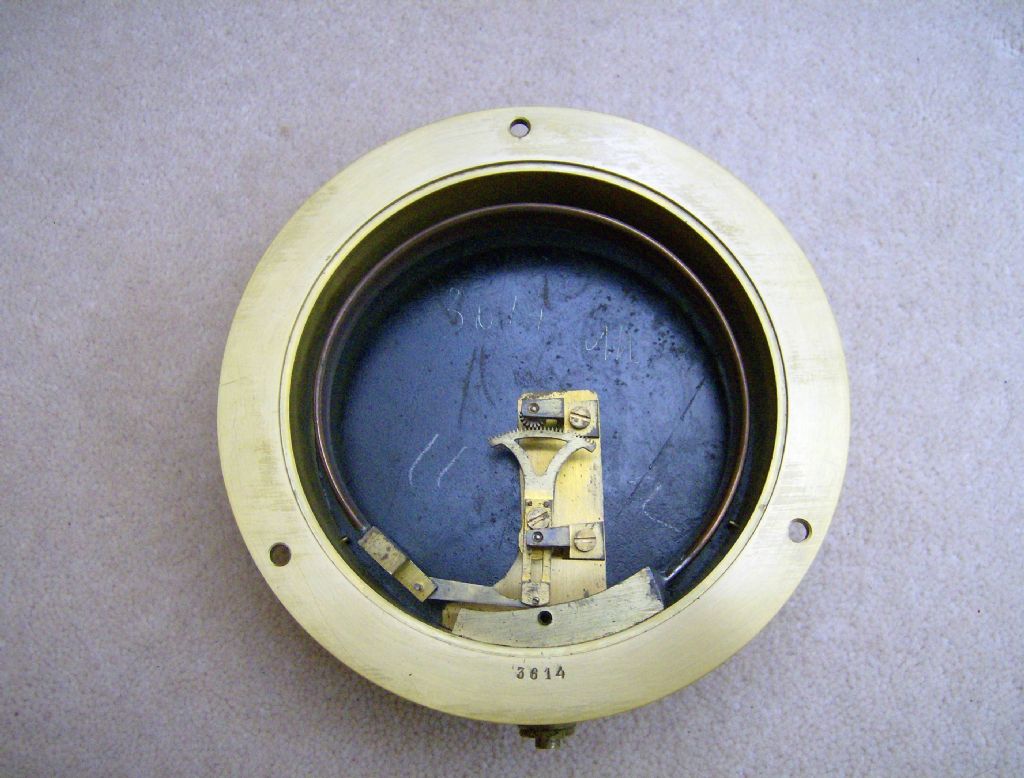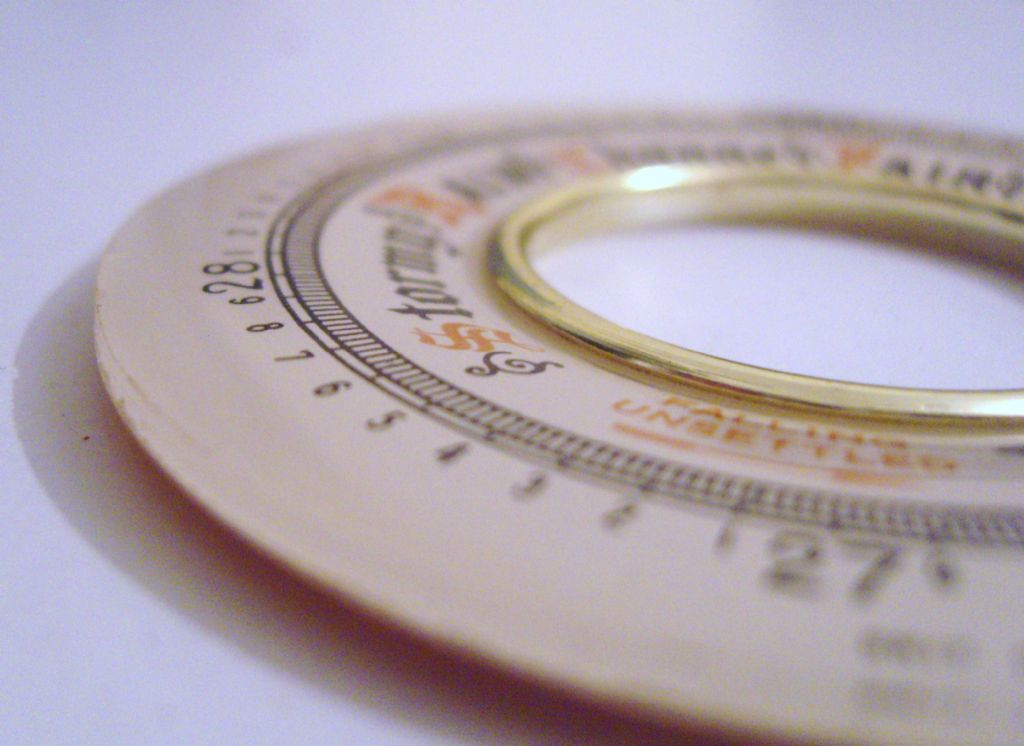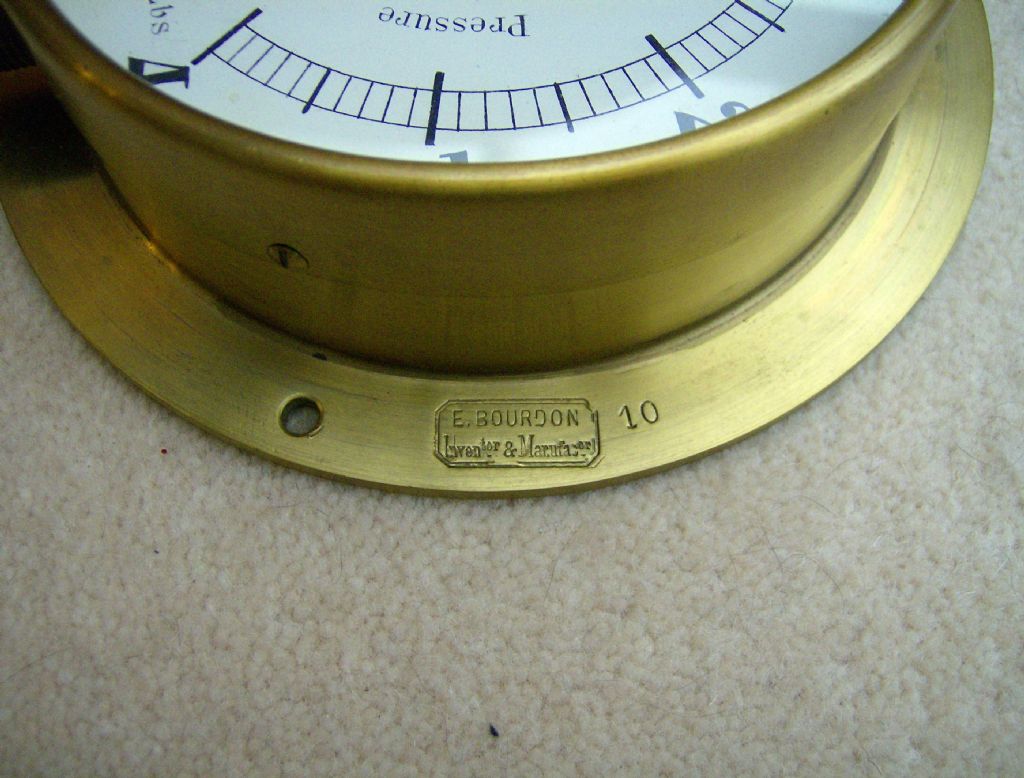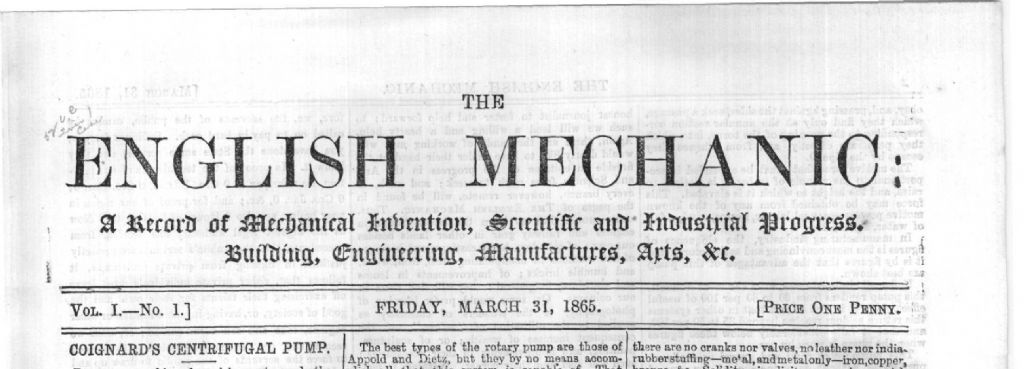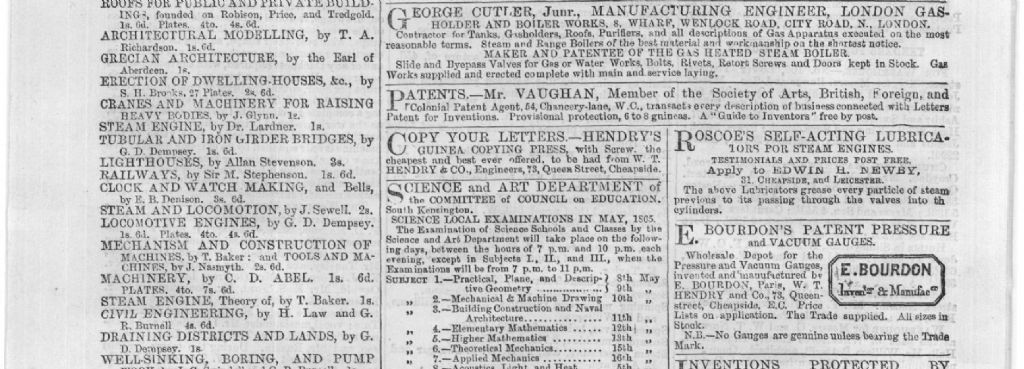Just to keep this moving on a bit (alright, I'm laid up at the moment with a bit of time to spare) ….
A quick search in 'Graces Guide' leads to Negretti and Zambra (founded 1850). Although your gauge does not look like one of their manufacture, there is a loose connection with Negretti and Zambra as one of their adverts (1880) shows a Bourdon Trade mark stamp similar to that on the casing of your pressure gauge … **LINK**
You can download a rather large google PDF file of the Negretti and Zambra's encyclopaedic instrument catalogue, which was published after 1884, maybe circa 1887?. A search for Bourdon in the catalogue shows a few pressure gauge drawings and information at page 205 onwards … **LINK** The catalogue states that Negretti and Zambra were sole agents for the Bourdon Gauge (whatever that means). I must admit I thought your gauge was a refurb/fake due to the pristine face. If the Negretti catalogue is to be believed, it states it is genuine if it has the Bourdon stamp on it. The catalogue states that if the instrument does not bear the E Bourdon trade mark, then it is not of the M Bourdon manufacture, which I do not understand?
Not that I know anything about patents and licences and how they work, maybe Negretti Zambra acquired the UK Licence sometime before the patent expired (in 1875?). Re an earlier posting: one online locomotive book states that Ashcroft acquired the American 'Licence' after a visit to the 1851 Paris Great Exhibition (Bourdon is not listed in the participants at that event).
Other thoughts I'll throw in the pot. The rather fine looking font on the gauge looks French (the typography is similar to the French Didot Linotype). Your font looks like it is matches that on the ebay gauge I linked to earlier. The English wording Compound Gauge makes me think it was not for the French market?
I'd be interested to see what the experts come up with.
Steve
 Neil Wyatt.
Neil Wyatt.

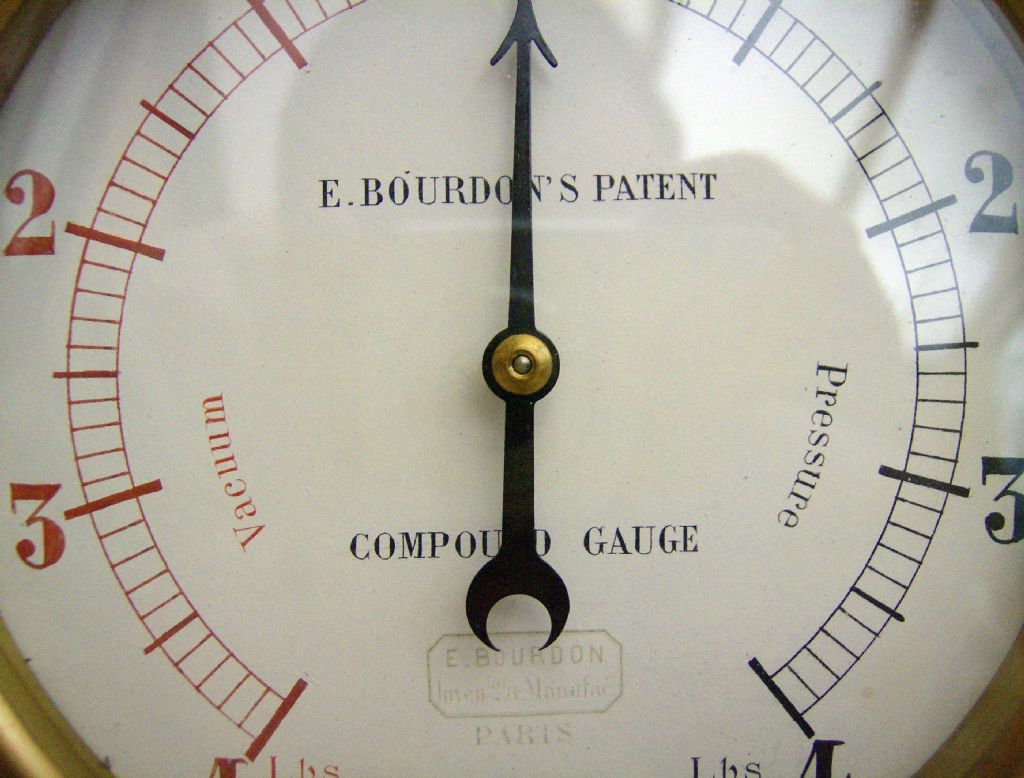
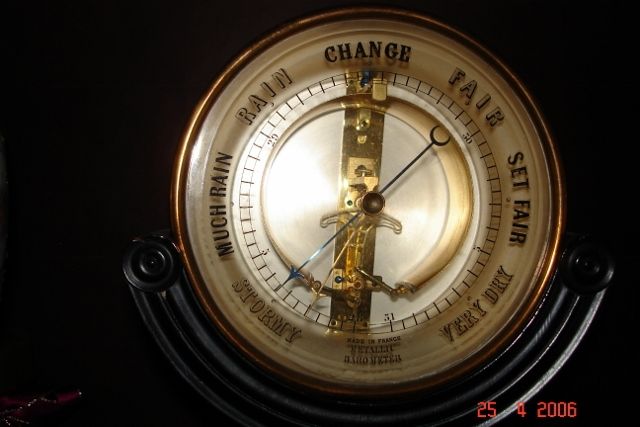
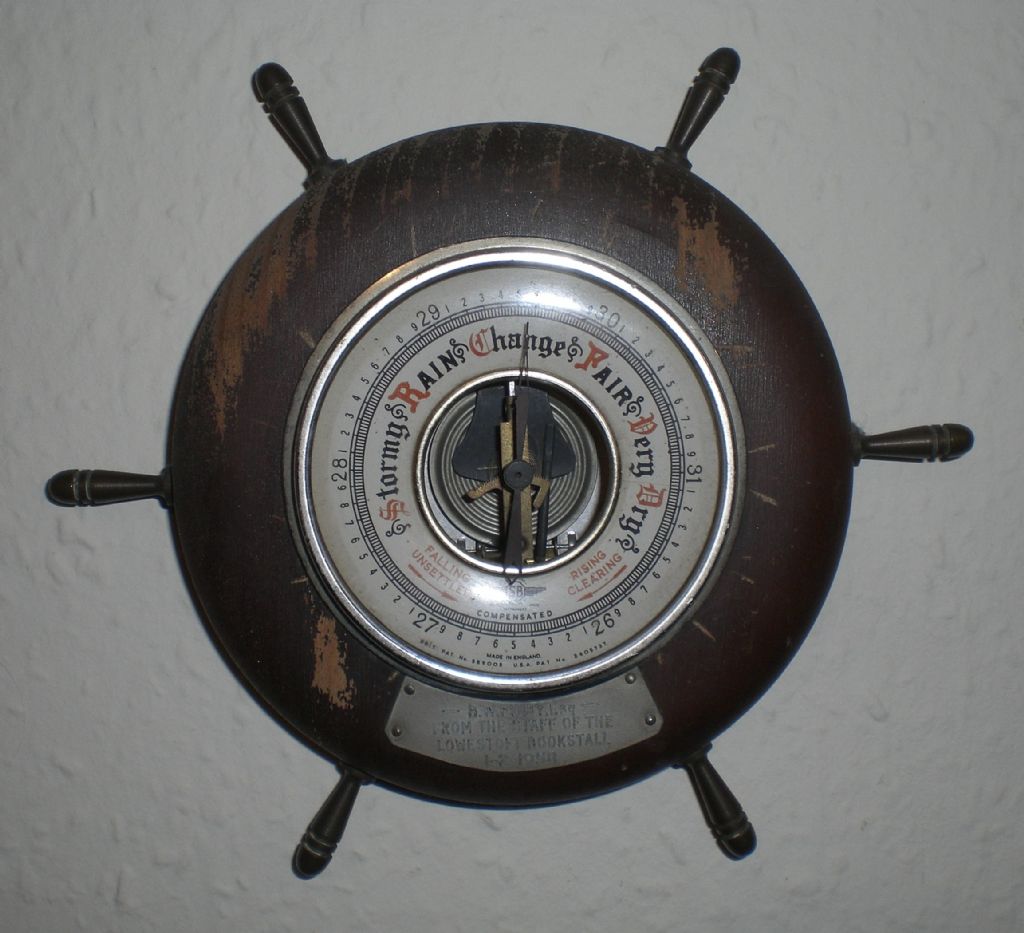
 but my impression is that it is a very well made example.
but my impression is that it is a very well made example.